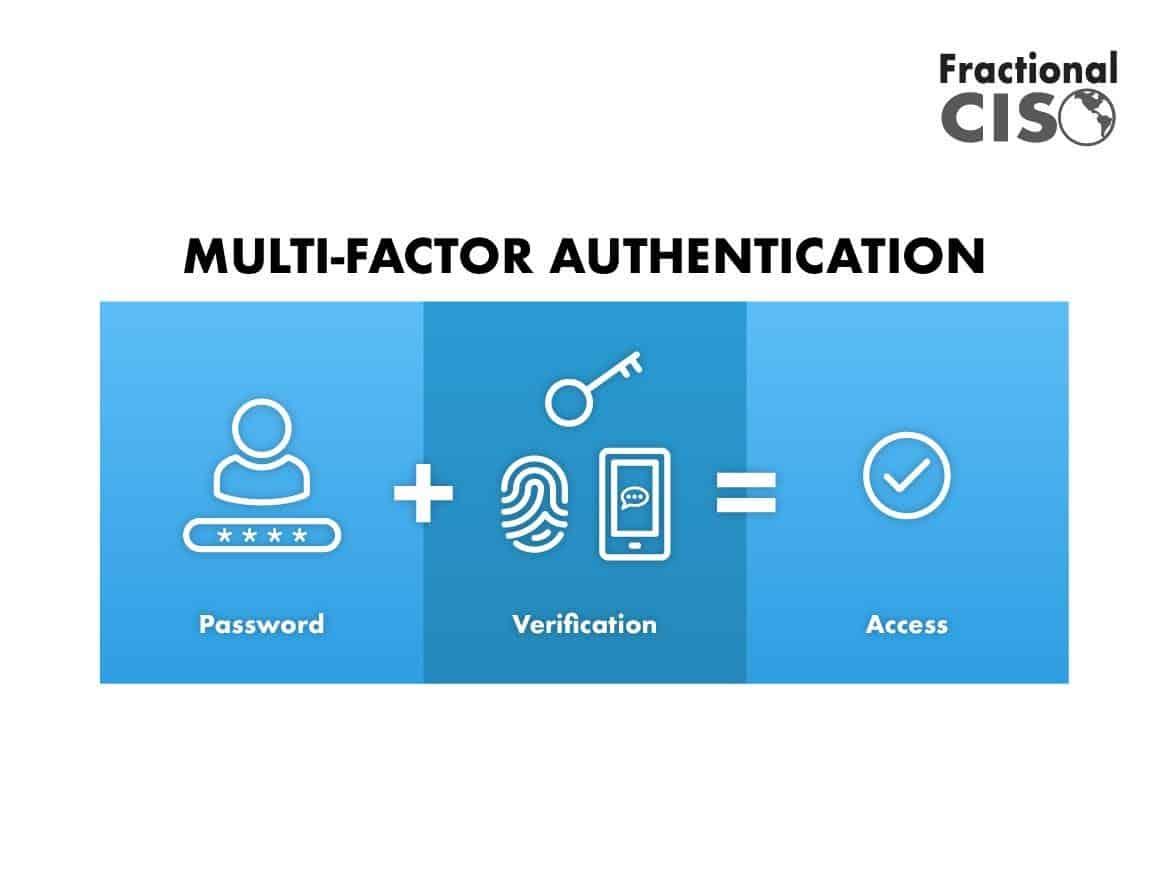The siren song of free cryptocurrency, echoing from the airdrop, is tempting. But the digital gold rush hides perilous traps. While the promise of easy gains is alluring, navigating the world of airdrops without the right precautions can lead to devastating losses. This article serves as your comprehensive guide to airdrop armor, equipping you with the knowledge and strategies to securely claim your digital assets and avoid the pitfalls that lie in wait. Prepare to secure your crypto future, one airdrop at a time.
Decoding Airdrop Scams: Spotting the Red Flags
Navigating the exciting world of airdrops requires a keen eye for deception. Sadly, not all glittering promises hold true. Many fraudulent schemes masquerade as genuine opportunities, preying on unsuspecting crypto enthusiasts. To avoid becoming a victim, understand the telltale signs. Look out for these critical indicators: requests for private keys or seed phrases (never share these!), suspicious links leading to poorly designed websites, promises of impossibly high returns, pressure tactics urging immediate action, and the absence of a verifiable, transparent project roadmap. Remember, legitimate projects rarely demand upfront payments or exorbitant fees to participate.
Let’s delve a bit deeper into the specifics. Consider the following scenarios to build your scam-detection radar:
| Scenario | Red Flag |
|---|---|
| Request for your seed phrase | Phishing Attempt |
| Unrealistic profit guarantees | Ponzi Scheme |
| High-pressure, time-limited offer | Scamming Tactics |
| Unclear project goals & team | Lack of Transparency |
Remember, due diligence is your best defense. Research thoroughly, verify information from multiple sources, and prioritize your security above all else. A little caution can save you from significant losses.

Protecting Your Private Keys: The Foundation of Airdrop Security
Your private keys are the bedrock of your crypto ownership; they’re the master password to your digital fortune. Think of them as the combination to your vault – losing them means losing your airdrop, and potentially, a significant chunk of your investment. To ensure your hard-earned crypto doesn’t vanish into the ether, adopt a multi-layered security approach. This involves much more than just storing your keys in a password manager. Consider these crucial steps:
- Use a hardware wallet: These offline devices provide the most robust security against hacking and malware.
- Enable two-factor authentication (2FA): Adding this extra layer of verification significantly reduces unauthorized access.
- Regularly back up your keys, but securely: Never store backups digitally without strong encryption. Consider splitting backups across multiple secured locations.
- Beware of phishing scams: Legitimate airdrop projects will never ask for your private keys directly.
Beyond individual key safeguarding, understanding the broader picture is vital. Recognize that even the most secure key storage methods are vulnerable if your entire system is compromised. Therefore, maintaining impeccable digital hygiene is paramount. Keep your operating system up-to-date, run reputable anti-malware software, and be vigilant about the websites and applications you interact with. Remember, the strength of your airdrop security is only as strong as its weakest link. Consider this table as a quick reference for evaluating your current security practices:
| Security Aspect | Status |
|---|---|
| Hardware Wallet | Yes / No |
| 2FA Enabled | Yes / No |
| Secure Key Backup | Yes / No |
| Regular Software Updates | Yes / No |

Multi-Factor Authentication: Adding Layers of Defense
Think of your cryptocurrency wallet as a castle, and your airdrop claim as the treasure within. A single key (your password) isn’t enough to protect valuable assets. That’s where layered security comes in. Implementing strong multi-factor authentication (MFA) is like adding multiple layers of walls, moats, and guards around your castle. It significantly reduces the chance of unauthorized access, even if one layer is compromised. Consider these essential components:
| Security Layer | Description |
| Something you know | Your strong, unique password. |
| Something you have | Your authenticator app (like Google Authenticator or Authy). |
| Something you are | Biometric authentication (fingerprint, facial recognition – if supported by your wallet). |
By integrating these methods, you create a robust defense system. Instead of relying solely on a password, you create a chain of verification steps that a potential attacker would find incredibly difficult to breach. Each added factor exponentially increases the security of your digital assets. Don’t underestimate the power of this layered approach; it’s the difference between a vulnerable castle and an impenetrable fortress protecting your hard-earned airdrop rewards. Remember to:
- Enable MFA on all your crypto exchanges and wallets.
- Use unique and strong passwords for each platform.
- Regularly update your authenticator app and device software.

Smart Contract Scrutiny: A Deeper Dive into Airdrop Safety
Before you leap for that juicy airdrop, remember: not all that glitters is gold. The underlying smart contract is the key to a secure claim. Think of it as the airdrop’s blueprint; thoroughly examining this code is crucial. A poorly written or malicious contract can lead to the loss of your crypto. Focus on these critical areas:
- Authentication: Does the contract verify your eligibility correctly?
- Authorization: Are there any unexpected permissions granted?
- Arithmetic: Are calculations accurate to prevent token manipulation?
- Reentrancy: Is the contract vulnerable to reentrancy attacks?
Don’t be afraid to use tools or services that analyze smart contracts for vulnerabilities; many free and paid options are available. A few minutes of pre-emptive investigation can save you potential headaches (and crypto).
Visual inspection isn’t enough; we delve into more practical advice. Consider using a dedicated wallet designed for security consciousness. Think of it as an extra layer of defense against attacks targeting the user’s side. Another smart move? Only participate in reputable airdrops – thoroughly research the project and team behind the offer. Verify the project’s legitimacy, and avoid any airdrops that seem too good to be true, or that request unusual permissions. A simple checklist can prove invaluable:
| Check | Action |
|---|---|
| Project Reputation | Verify social presence and community activity |
| Contract Audit | Check if a security audit has been performed |
| Team Transparency | Research the team behind the airdrop |
The Conclusion
The siren song of free crypto, though alluring, demands vigilance. Navigating the airdrop landscape requires more than just a lucky click; it necessitates a proactive approach to security. Remember, the ultimate reward isn’t just the digital asset claimed, but the peace of mind that comes from knowing your digital fortress stands strong against the ever-present threats. So, arm yourself with knowledge, fortify your wallets, and embrace the secure future of airdrop claiming. Your crypto journey, after all, is only as safe as your preparations.










